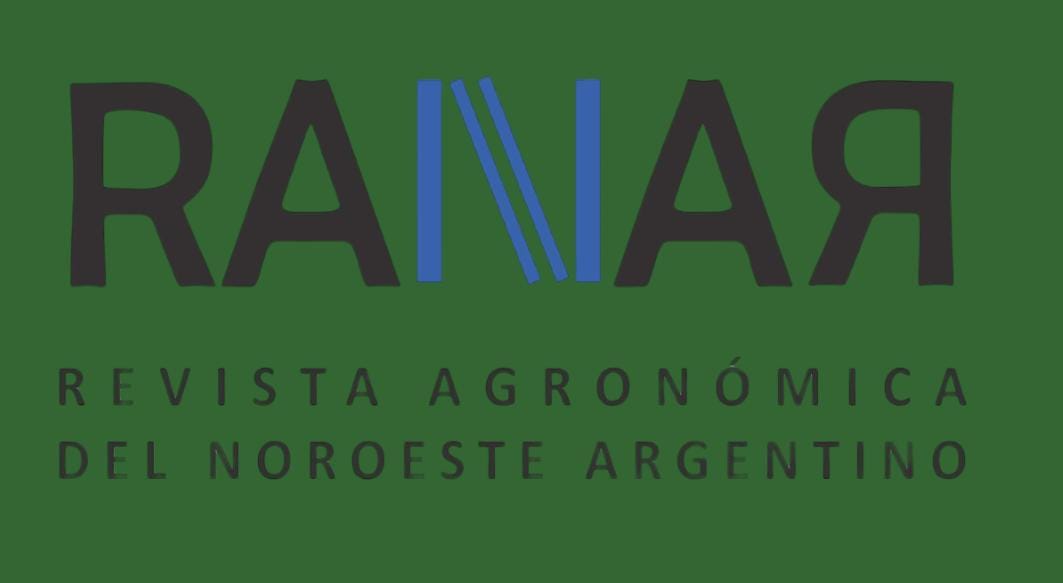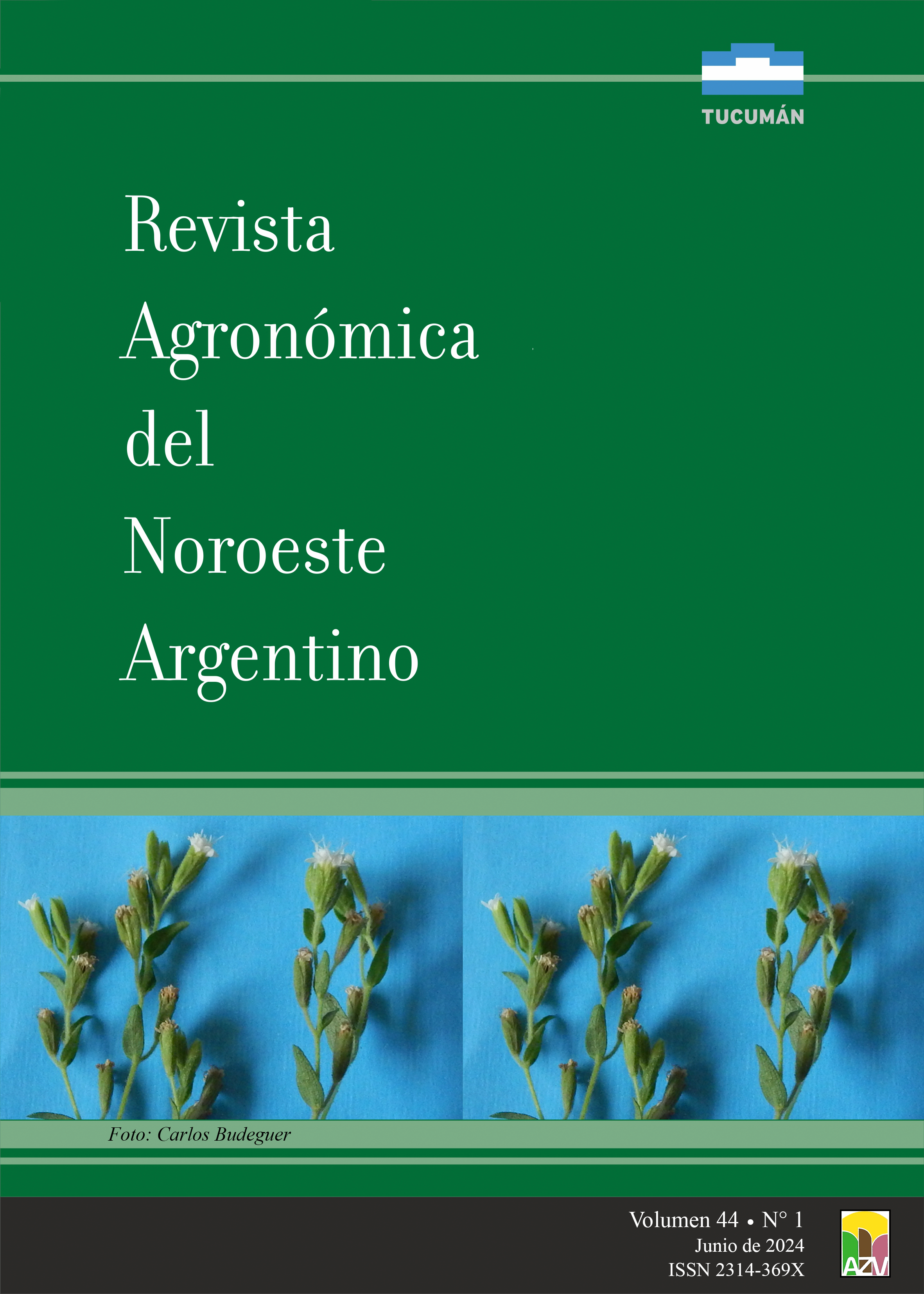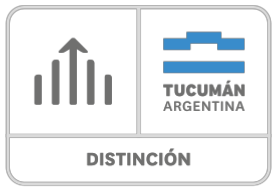Survival of Solanum betaceum Cav. seedlings under different canopy coverage conditions in the Yungas of Tucumán
Keywords:
Conservation, Coverage, Enrichment, Solanum betaceum, Yungas ForestAbstract
The rescue and revaluation of native fruit species for their domestication and subsequent cultivation allows us to expand the productive matrix while conserving biodiversity. Solanum betaceum Cav., “Tree tomato or chilto” is native of the Yungas Forest. Its fruit has nutraceutical and medicinal properties and grows naturally under the tree canopy in general as a shrub. The aim was to evaluate the survival of different provenances of Solanum betaceum (north, center, and south of the Tucuman's yungas) under various intensities of canopy coverage and to preserve the rescued germplasm for conservation purposes. Survival at 30 days after planting was 91% under medium coverage, 84% under high coverage and 50% without coverage. Survival after the frost (absolute minimum temperature recorded of -2.2 °C) was 84% under medium cover, 75% with high cover and 31% without cover. Northern and central zones' provenances survival was higher than those of the southern area. Therefore, it is concluded that S. betaceum is a suitable species to enrich degraded forest areas and cultivate in agroforestry systems under tree canopies with medium to high coverage from the Yungas jungle in Tucumán.
Downloads
Published
Issue
Section
License
Copyright (c) 2024 Revista Agronómica del Noroeste Argentino

This work is licensed under a Creative Commons Attribution-NonCommercial-ShareAlike 4.0 International License.









